An Introduction to Off-Roading
An Introduction to Off-Roading
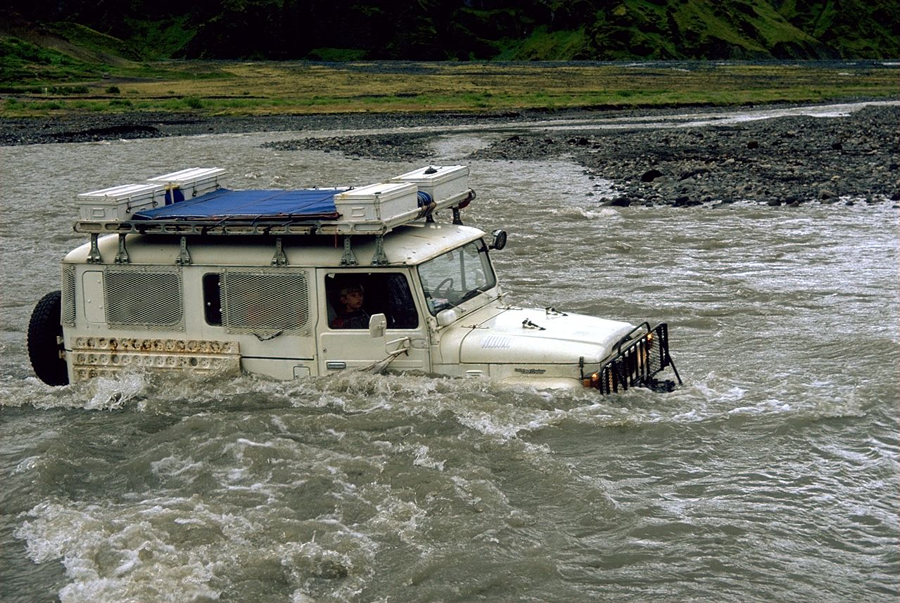
Off road driving can take several forms. From the weekend trail rider to the die hard rock crawler, off roaders the world over know that there are few better ways to get your jollies than taking total control of your vehicle as you take it places most people never knew they could go.
Let’s take a brief look at some of the places you might find yourself when you decide to leave the pavement behind, keeping in mind that this is just an introduction and is by no means all you need to know when hitting the trail. Remember, the most important elements of a successful off road adventure are safety and preparation.
A Brief Lesson in Off Road Vocabulary
4X4 High: All-purpose four wheel drive mode used in most cases. As opposed to 2 wheel drive, all four wheels are engaged and powered by the powertrain. “High” refers to the gear ratio, meaning that the gear ratio is unchanged from the ratio used in 2 wheel drive.
4X4 Low: Four wheel drive mode where a lower gear ratio is engaged, thus delivering higher torque to the wheels and lowering maximum speed. Useful in slower off road situations, rock crawling, and for getting unstuck when things go south.
Locking Differential: Also known as “diff lock,” this refers to the speed at which the wheels turn. In most standard 4×4 modes, the wheels spin at different speeds to compensate for loose or uneven terrain. When the differential is locked, wheels all move at the same speed. A tool used in advanced off-roading and for getting unstuck.
Approach Angle: The maximum incline angle that a vehicle can climb or descend without any part of the body or suspension making contact with the driving surface.
Wheelbase: Distance from the center of a truck’s front wheel to the center of the rear wheel on the same side of the vehicle.
Wheel Travel: The maximum distance a wheel can move up and down. The greater the travel, the more capable the suspension system and the better on and off road traction.
Rock Massage: What you get when you attempt rock crawling without taking the necessary precautions and being properly qualified.
Essentials for Any Off Road Adventure
- Full gas tank
- Tow rope (be sure it is rated heavy enough for your vehicle)
- Spare tire and everything needed to make a change in the field
- Portable air compressor
- Navigational aids
- First aid kit
- Mobile phone
Recommended Extras
- High lift jack
- Vehicle mounted winch
- Shovel
- Spare tanks of water (for radiator) and fuel
- Two way radios for communication between you and your off road buddies
- Fire extinguishers
Tips and Tricks
On the Trail
Terrain Type: Gravel, Dry Dirt, Grasslands
Equipment Needed: 4 Wheel Drive vehicle
Difficulty Level: Beginner
Trail driving is the simplest and safest of your off-roading options and is a good choice for the beginner just looking to get their bearings in the off-roading world. Many state and federal parks have off road trails available specifically for vehicle travel, so do your research and see what is available in your area. If you are new to off-roading, make sure you are comfortable with the level of difficulty. Don’t attempt any steep climbs or descents or water crossings of any type, particularly if your off road machine also serves as your daily driver.
On The Dunes
Terrain Type: Sand
Equipment Needed: 4 Wheel Drive vehicle, Air compressor and tire gauge
Difficulty Level: Intermediate
Before you set out on the dunes, make sure what you are about to do is legal. Most beaches will be clearly marked designating whether the area is 4×4 accessible or not. Since traction is not easily acquired on sand, most drivers will need to deflate the air pressure in their tires down to between 15 and 20psi, allowing the tire tread to spread more and grip more surface (remember to immediately air back up to recommended levels before driving on pavement). Momentum is key when traveling on loose terrain such as sand, so be sure that if you are driving through soft sand you do not slow down unless absolutely necessary. If you feel the vehicle digging in or getting stuck while moving, turn the wheel left and right repetitively to allow the tires to grip fresh terrain and gain better traction.
In the Mud
Terrain Type: Mud, Shallow Water (6 inches or less)
Equipment Needed: 4 Wheel Drive vehicle, All Terrain or Mud Terrain tires
Difficulty Level: Intermediate
The tendency with driving in the mud is to floor it, spin the tires, maybe slide the vehicle around a bit. While this is certainly fun, it is also risky business. Once your vehicle starts sliding, it won’t stop until it wants to, and you have forfeited all control. Sure, it will impress your buddies to see you pull off that 360 degree spin you’ve been dreaming about, but they’ll forget how impressed they are when your finishing move involves the oak tree on the edge of the mud hole. It is much better to be the guy who maintains control of his vehicle, maybe even the guy who is towing all the showboats out of the mud, than to be the showboat yourself.
Many of the same principles apply to mud driving as sand driving. Maintain momentum if possible. If you feel you are getting stuck, quickly and repetitively turn the wheel left and right. Most importantly, if you do get stuck, the last thing you want to do is dig yourself in deeper, so avoid the tendency to floor it and spin the tires. First, get out and look at what you have gotten yourself into. Depending on how bad it is, you may be able to drive it out, you may not. Try rocking the vehicle back and forth by shifting from reverse to drive, at very low RPMs if you think it is escapable. If not, you may be hitting your buddies up for a tow.
More advanced off road environments, such as river runs and rock crawling, are best left to those with a great deal of experience, and no written how-to will ever be as valuable as the knowledge acquired through hands on experience.
Important All Purpose Tips
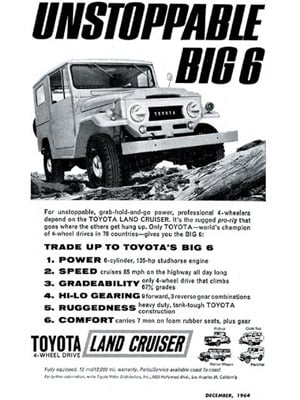 In off road driving as well as life in general, nothing beats knowledge. Prepare for every circumstance, and know what you are getting yourself into. Familiarize yourself not only with the environment you are entering, but with the vehicle itself. Sure, you know how to switch on the air conditioning, but do you know the location of your air intake or on board computer in case you get into some deeper water and risk submerging them? Familiarize yourself with your vehicle’s manual and you will be best equipped for the unexpected. Most importantly, never, ever go alone. Have another driver in another vehicle with a tow rope and be sure you have cell phone reception in case of an emergency.
In off road driving as well as life in general, nothing beats knowledge. Prepare for every circumstance, and know what you are getting yourself into. Familiarize yourself not only with the environment you are entering, but with the vehicle itself. Sure, you know how to switch on the air conditioning, but do you know the location of your air intake or on board computer in case you get into some deeper water and risk submerging them? Familiarize yourself with your vehicle’s manual and you will be best equipped for the unexpected. Most importantly, never, ever go alone. Have another driver in another vehicle with a tow rope and be sure you have cell phone reception in case of an emergency.
Got any off-roading tips? Share them in the comments!
Editor-in-Chief’s Note: This post was written by Chris Hutcheson and originally ran on The Art of Manliness. The Art of Manliness is a fantastic website dedicated to uncovering the lost art of being a man. It features articles on helping men be better husbands, better fathers, and better men. Check them out and be sure to subscribe!






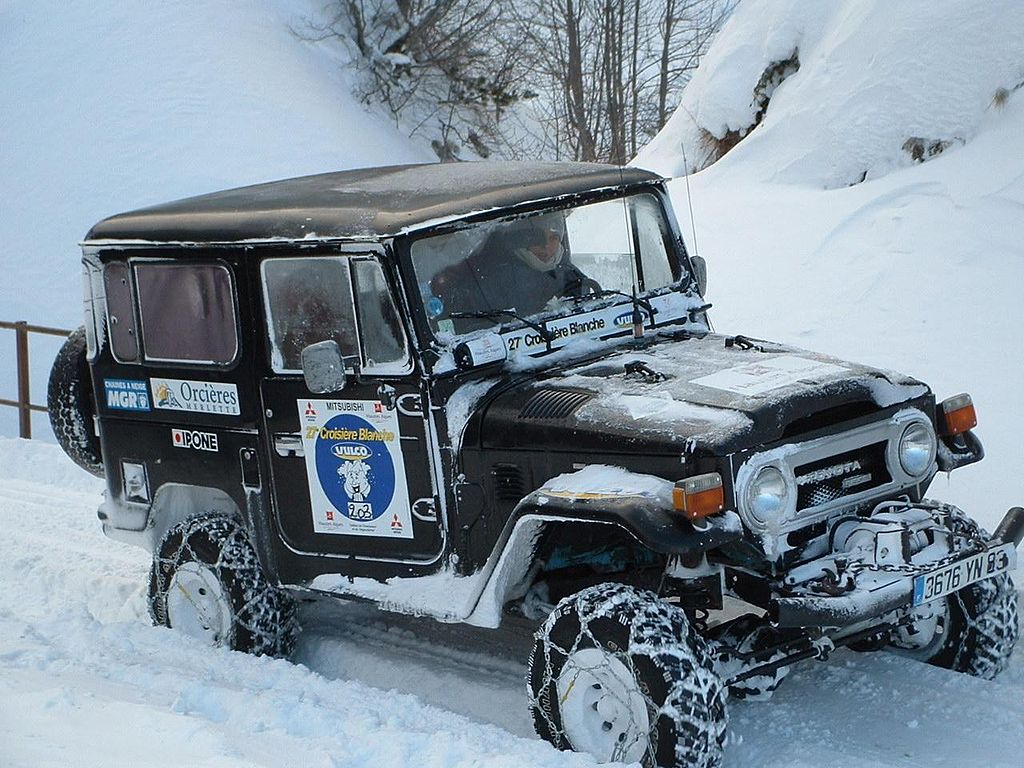
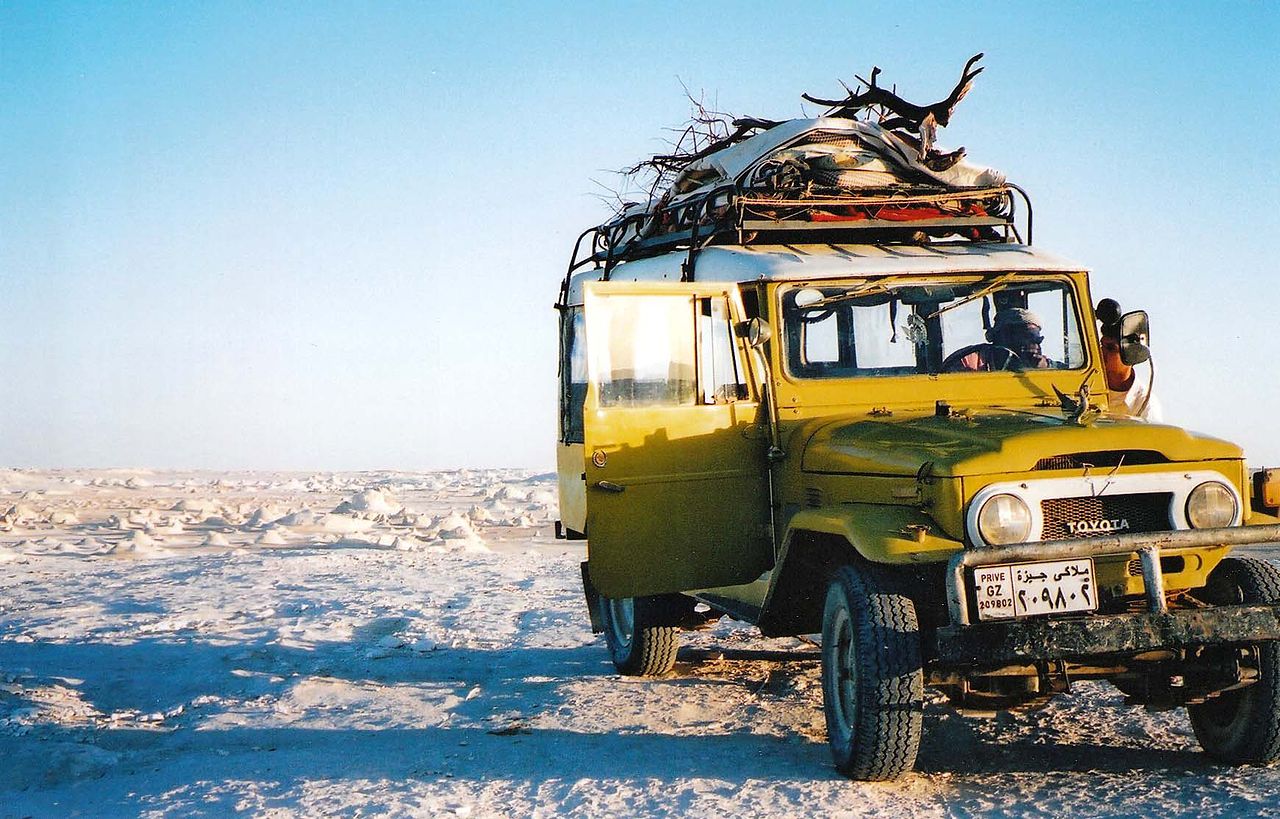
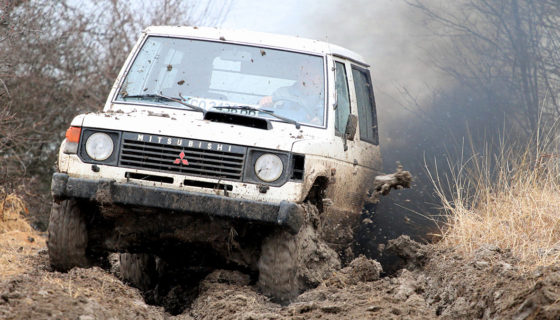
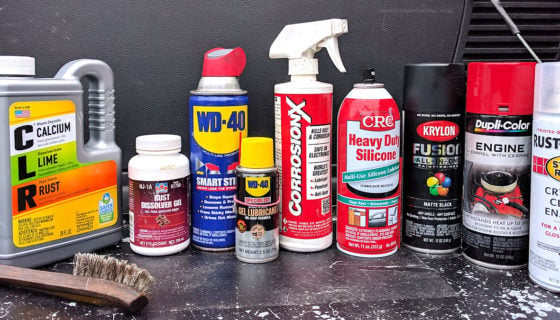
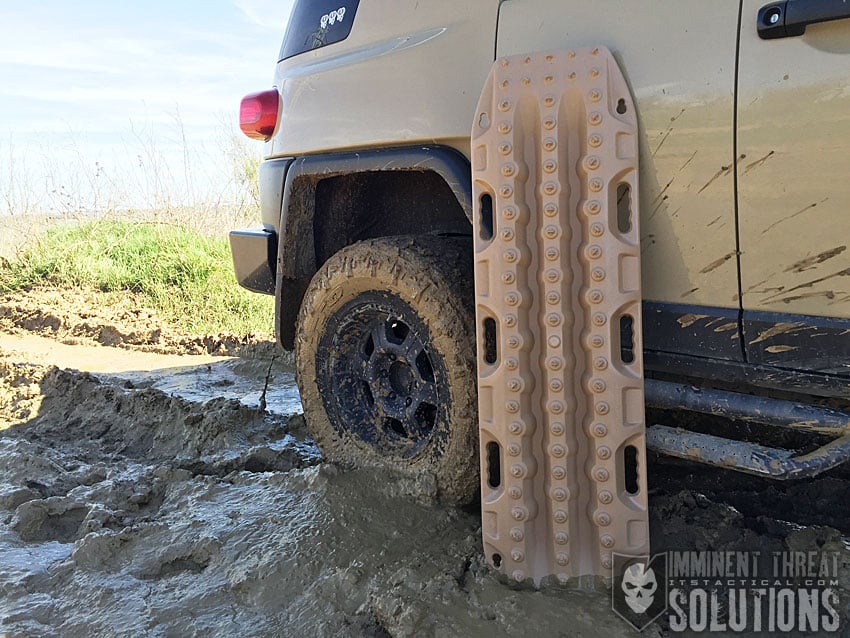
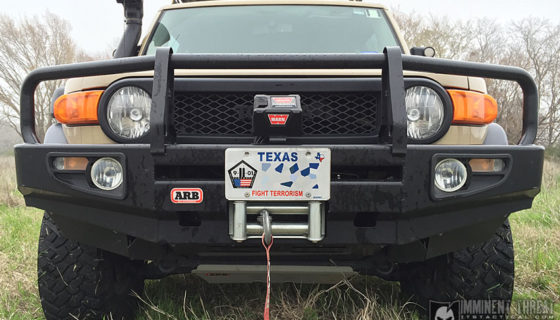

Discussion